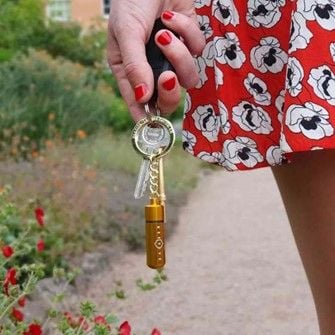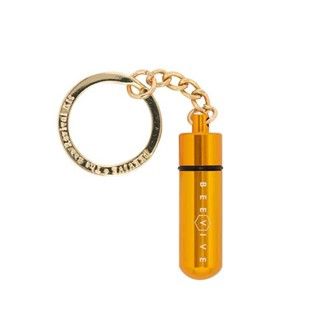SBC Peru - helping spectacled bears
Posted on
November 2024: There’s amazing news from Peru!
Spectacled Bear Conservation has been successful in fitting the first GPS collars on spectacled bears in the Laquipampa Wildlife Refuge in Northern Peru. It’s a protected area. The team deployed five collars in a few days – they have years of data collection there and have an amazing expertise in bear monitoring.
This success has been achieved in collaboration with SERNANP, Peru’s Protected Area Authority.
It’s a huge leap forward; SBC Peru say the team has spent over 15 years researching and determined that the Laquipampa Wildlife Refuge and the landscape around it covering 75,000 acres represent the most crucial remaining habitat for spectacled bears in this ecosystem.
The satellite GPS collars track real-time bear movements which gives incredible insights into the daily lives of the bears both in and out of the protected areas. They will be hugely helpful in increasing understanding of bear health, the bears’ use of habitat and the threats facing them.
This information will empower SERNANP to strengthen park management; whilst SBC will be able to develop science-based conservation actions for bears beyond the park boundaries.
Back in May, SBC launched a collaring programme in collaboration with SERNANP in the Machu Picchu Historic Sanctuary. Four collared bears have been giving lots of very useful insights into their daily lives which have enhanced the understanding of their habits, behaviour and needs.
And more news...
Back in August 2024, SBC emailed with their annual report. They are the Spectacled Bears Conservation and they work in Peru towards the conservation of the spectacled bear, otherwise known as the Andean bear.
The bears suffer from habitat loss, habitat fragmentation and conflict between people and wildlife. There is a lack of knowedge about them, which impinges on the ability to plan for their conservation, and make decsisions. And they're the only bear species in South America. It's estimated there are about 2,500 mature individuals now.
SBC's mission is to:
To conserve and protect spectacled bears and their habitat in Peru through scientific research, education and collaboration with local communities, government and land owners.
You can read the Annual Report here
We need to look after these bears and all wildlife
These bears are vulnerable and they need our care.
Please support SBC Peru
More about Spectacled Bear Conservation
Spectacled Bear Conservation was registered as a non-profit organisation in Peru back in 2009. The aim was to continue research into spectacled bears and to partner with local communities to protect spectacled bear habitat.
Bears are fascinated by the camera traps,
and SBC Peru have had to work to make sure they can
protect these vital cameras against the most persistent paws!
Take a look at this bear here!
Their Annual Report gives you an idea of the work they are doing. For instance, their camera trap study in the Machu Picchu Historic Sanctuary gave unprecedented data to help strengthen conservationa ction for spectacled bears and the other wildlife in the area. Data caught on camera really gives wildlife conservation organisations evidence of the presence of wildlife and shows those in government that there is truly a need to protect these areas.
This bear has climbed to the top most branches of a tree!
Spectacled bears are keystone species: they are essential to keep the ecosystem healthy. And they are an umbrella species, too - they have large habitat ranges. Protect spectacled bears, and you're also protecting other species such as the mountain tapir, the puma, ocelot and jaguarundi.
Take a look at this beautiful bear relaxing...
You can find out all about spectacled bears from the charity's website and donate to the cause of spectacled bears and the work the charity does, too! Don't forget to sign up for their newsletter - it's free to do!
There are plenty of things you can do to support SBC Peru, such as:
- Donate (you do this through the Wildlife Conservation Network)
- Shop online
- Volunteer
- Spread the word
- Follow them on social media
You Tube
Facebook
Instagram
Visit Spectacled Bear Conservation here
In the UK, Knowsley Safari Park give resource support to Spectacled Bear Conservation - their staff contribute to technical projects, education programmes and communication campaigns, for instance. They have a couple of Andean Bears, and they have keeper talks so that people can find out more about these gorgeous bears!

